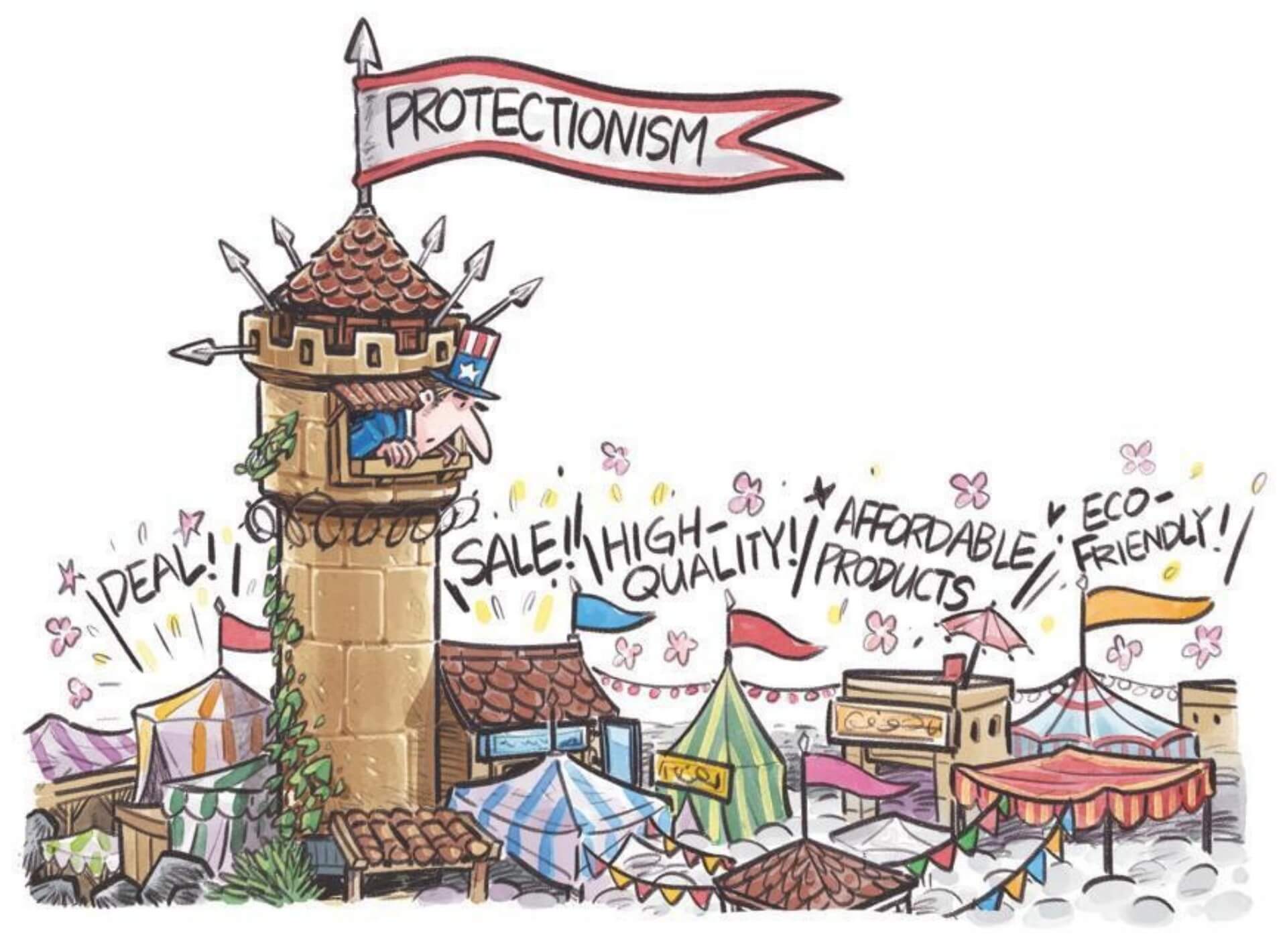The imposition of tariff trade wars has significant effects on the import and export of smart switches, influencing global supply chains, market prices, and competitive dynamics. Below are key aspects of these impacts:
1. Increased Costs and Reduced Competitiveness
Higher tariffs raise the cost of imported smart light switches, making them more expensive for consumers and businesses.
Smart switch exporters may face reduced demand in target markets due to elevated prices, weakening their competitive edge.
2. Supply Chain Disruptions
Many Wifi smart switches rely on global supply chains for smart switch components. Tariffs can disrupt production by increasing costs for Wifi smart light switch manufacturers.
Smart switch companies may need to restructure supply chains, shifting production to avoid tariffs, which can be costly and time-consuming.
3. Market Shifts and Trade Diversion
Smart light switch importers may seek alternative smart switch suppliers from countries not affected by tariffs, leading to trade diversion.
Smart light switch exporters might explore new markets to mitigate losses in tariff-affected regions.
4. Impact on Innovation and Investment
Higher costs may reduce profit margins, limiting R&D investment in smart switch technology.
Smart switch companies might delay product launches or scale back expansion plans due to uncertain trade conditions.
5. Consumer and Business Adaptation
Businesses may pass tariff costs to consumers, reducing demand for smart home products.
Some smart switch manufacturers could absorb costs, leading to lower profitability.
6. Long-Term Industry Restructuring
Persistent trade tensions could encourage localization of production, reducing reliance on international trade.
Smaller smart switch supplier may struggle to adapt, leading to industry consolidation.
Tariff trade wars create challenges for the Zigbee smart light switch industry by increasing costs, disrupting smart switch supply chains, and altering market dynamics. Smart switch companies must adopt strategies such as diversifying suppliers, optimizing logistics, and exploring new markets to mitigate these effects.
Post time: Apr-22-2025

























